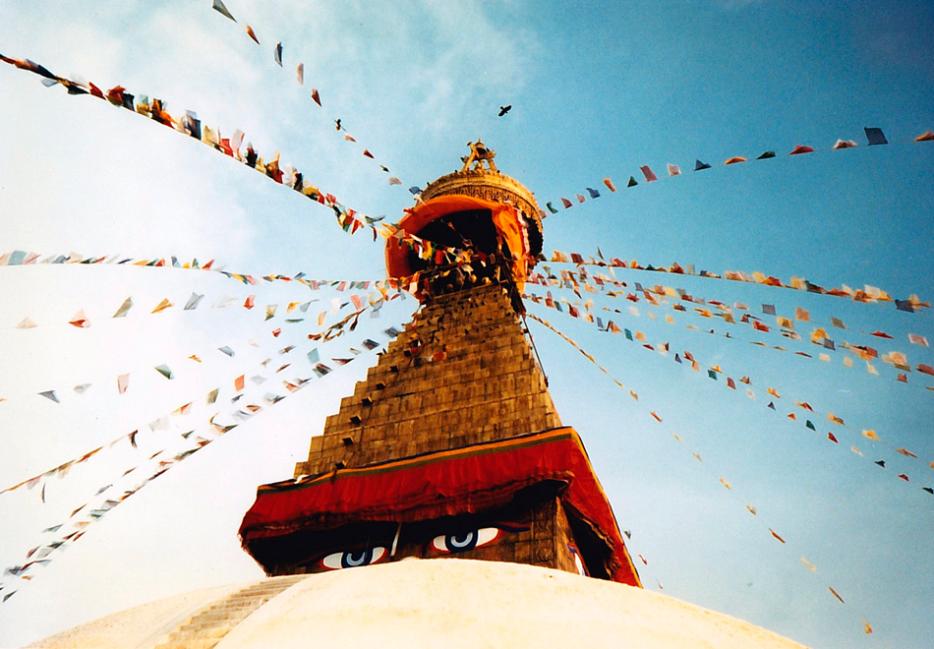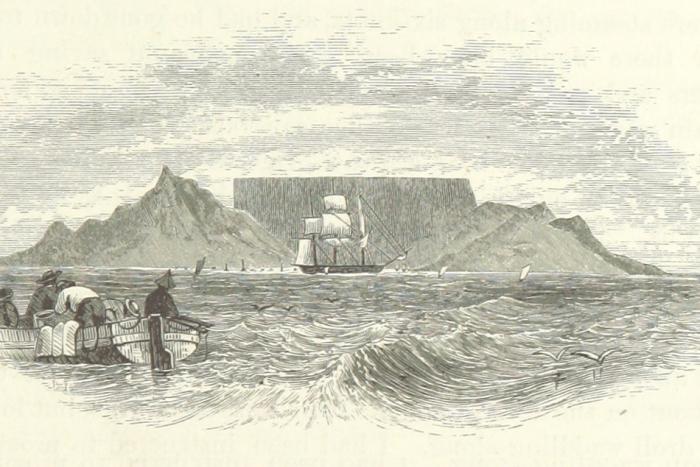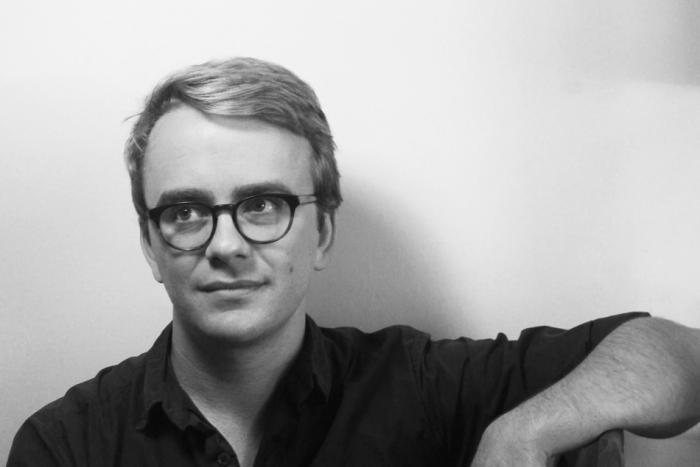Nepal’s ambassador to Canada had come in from Ottawa for the day. Dressed in a smart Western suit and a traditional cap, Kali Prasad Pokhrel was the picture of officialdom from my homeland. We were at the University of Toronto’s Munk Centre, at a weekly meeting of Nepalis, Nepali-Canadians, and Canadians concerned about Nepal’s recovery following the earthquake in April. Addressing both supporters and critics of the government he represented, the ambassador spoke with aplomb about Nepal’s rescue, relief, and reconstruction efforts, repeatedly telling us: “The government has zero tolerance for corruption.”
I grew up in a family immersed in Nepali officialdom, and, knowing how hollow it could be, I’d normally do anything to avoid it, but these weren’t normal times. As soon as I learned of the earthquake back home I’d felt a heightened anxiety, a kind of emotional state of emergency with alarms sounding in my heart.
I’d spent half my life in Kathmandu, increasingly worried about the prospect of a major earthquake, which geologists had deemed overdue in the Himalayas. At 7.9 on the Richter Scale, the April earthquake had killed more than 9,000 people and demolished nearly 800,000 homes, wiping out livelihoods, ways of life, and entire communities. The scale of the damage was terrifying. It helped to be with others who understood.
After the ambassador’s talk, Yogendra Shakya, a mild, thoughtful professor of public health and social worker, asked how Nepalis living abroad might best be of help.
It was the ambassador’s job to rally support for Nepal’s stern “one-door” policy, under which only the government was allowed to coordinate post-disaster reconstruction. “There is already a modality,” he said, explaining a new directive to channel all donations through the Prime Minister’s fund. “That would be best,” he said. I felt chastised; I had donated only through non-government organizations. “I hope you understand,” the Ambassador said, and repeated, “The government has zero tolerance for corruption.”
There were more questions; and next on the agenda was a discussion about a fundraiser a few months later. My parents, who’d been in Kathmandu during the earthquake, were here for a ten-day visit. I’d brought them to the Munk Centre to say hello to the ambassador, but we wanted family time, so we left.
*
It was the impulse to gather, to communicate, and to help Nepal that had instigated these weekly meetings. They’d come to be called Asha Toronto, “asha” meaning “hope” in Nepali. Participants had formed ad-hoc subcommittees to help raise coverage of Nepal in the Canadian media, to set up a web strategy and to coordinate weekly meetings, but there was no formal structure to Asha Toronto.
I’d been unexpectedly grateful for these and other Nepal-related events in Toronto. After moving here from Kathmandu a few years ago I’d made Nepali friends but had avoided Nepali organizations, of which there were at least ten: some local, others Canada-wide, and yet others global. Every spring I’d attend the Toronto Nepali Film Festival because it was organized by creatively inclined friends. Out of a vague community feeling I also tried to get to the Nepalese Canadian Community Services’ summer festival in Nathan Philips Square, though if the weather was particularly fine I was more likely to be out on Georgian Bay with my partner, a born-and-bred Ontarian for whom lake swimming was sacred.
I felt, perhaps wrongheadedly, that I already knew hundreds, or possibly thousands, of Nepalis in Nepal. That felt like quite enough for one lifetime. Somewhere deep down inside, I felt I’d moved to Canada to be in Canada, or at least to get away from Nepal.
Other Nepali events dotted Toronto’s calendar year, but I was ambivalent, or worse, about reaching out to Canada’s 15,000-strong Nepali community. I felt, perhaps wrongheadedly, that I already knew hundreds, or possibly thousands, of Nepalis in Nepal. That felt like quite enough for one lifetime. Also, somewhere deep down inside, I felt I’d moved to Canada to be in Canada, or at least to get away from Nepal.
I’d burned out there. I’d spent years writing, a bit compulsively, about the country’s heartbreaking, yet-unfinished 75-year struggle for democracy. In my lifetime alone Nepal had transitioned from an absolute monarchy to a parliamentary democracy to a federal democratic republic—all via a democracy movement, a Maoist insurgency and military counterinsurgency, a royal coup, another democracy movement, and many powerful, ongoing civil rights movements. In 2006 Nepal was promised a new constitution, but the two Constituent Assemblies in charge of drafting it had been stymied by partisan bickering of the most uninspired variety. A better day, it seemed, would never come.
When you move somewhere new, you’re in limbo: neither part of your old society nor part of the new one. I loved being in limbo in Toronto. Canada’s open spaces felt like an extravagance, a wild luxury. I reveled in their foreignness. Here, I could be Milan Kundera’s Sabina, rather than his Tereza: I could liberate myself from my own country’s history, and its eternal returns, and attain a lightness of being.
I knew, of course, that this conceit was illusory—Canada has its own history of eternal returns—but at some gut level I craved that lightness, and the Nepali community here hemmed me in, made me claustrophobic. The last thing I wanted was to be part of an immigrant enclave, a Little Nepal.
*
That feeling changed rapidly after the earthquake. In the first shocking days and weeks, as the full scale of the disaster harrowed us all, friends and family in Nepal rushed to each other’s aid. I felt paralyzed being so far away. All I wanted, in those early days, was to be with other Nepalis, be they friends or strangers.
Fortunately, this proved easy to do. The largest portion of Canada’s Nepali community lives in Toronto and in Mississauga, Brampton, and Scarborough. After the earthquake, many began to raise funds and get involved.
For several weeks, being Nepali became a full-time occupation for many of us as we attended charity breakfasts, lunches and dinners. There were fundraising film screenings and sales of handicrafts, art, photography, books, clothes, dumplings. There were readings and concerts and vigils and stage performances. Canada’s most established Nepali organization, Non-Resident Nepalis-Canada, went into overdrive lobbying the Canadian government to release, and then to increase, aid for rescue and relief. Asha Toronto organized talks by journalists, activists, engineers, to spread information and spark ideas. Tech industry workers created open data sites. Geologists conducted open mapping sessions. Engineers came up with reconstruction plans. Canadians who had traveled to Nepal also reached out: and event notices began to show up on everyone’s Facebook feeds. We shared information with strangers about how to send funds, tents, tarps, and emergency supplies to Nepal. Online fundraising boomed on Indiegogo and Gofundme as all of us donated money that we had and didn’t have.
It all felt constructive, and important, and good. It wore us all out.
*
Two months later, I met Anil Thapa at Future Bakery in Toronto. A former pilot and radio journalist and now a business owner in Mississauga, Thapa was the energetic and personable president of Non-Resident Nepalis-Canada, or NRN. If there was anything akin to a centre to the Nepali community, he was it. I wanted to ask him about the community's response to the earthquake, but I couldn’t help it: first I had to figure out if we were related. Meeting fellow Thapas, even in Nepal, made me especially claustrophobic: for surely the world should be bigger. As it turned out, I was right to feel so—we were indeed related, if distantly.
Before the earthquake, Thapa had been busy traveling across Canada to meet Nepalis and to help them obtain machine-readable passports through a special program at the Nepal Embassy. 2015 marked 50 years of diplomatic relations between Nepal and Canada. NRN was planning to celebrate the milestone.
The earthquake ended that plan. Instead Thapa found himself lobbying everyone from Rob Nicholson to Jason Kenney to Kathleen Wynne to his own MP, Bob Dechert. He told me that NRN had collected over $138,000, and was still collecting funds through its website.
I carried Nepal with me always. My novel was set in Nepal, and many of my waking hours were spent worrying over the country. I hadn’t actually got away from Nepal in Toronto. I already inhabited an immigrant enclave. I already lived in Little Nepal in my mind.
His moment of sharpest personal satisfaction came, he said, at a candlelight vigil in Guelph, when Mayor Cam Guthrie invited the community into City Hall and led a minute of silence for Nepal’s earthquake victims.
I knew Thapa was running for re-election, and had expected him to be politic, but he was unexpectedly candid.
“There were shortcomings. We made some mistakes,” he said, talking of the Nepali community’s response. “There wasn’t full trust between organizations. We couldn’t unify ourselves.”
I asked him what he meant.
He explained, “All over Canada, people—not just Nepalis, but Canadians too—raised about one million dollars for Nepal. If we’d given all that money through NRN, or through the Prime Minister’s fund, it would have really stood out,” he said.
Once again feeling chastised, I demurred. Wasn’t it unrealistic, I asked, to expect such unity?
He didn’t think so. In fact he considered Nepali unity vital. “Look, even the Indian community is considered a minority in Canada. Where does that leave us?” he said. “Canada is as much our nation as Nepal. If we’re not unified, how will we ever carve out our own identity here?”
True enough. He was right. I saw what he meant. I agreed.
After our talk I toyed with the thought of applying for NRN membership, but didn’t.
*
The Nepali community in Canada remained a puzzle in my life that I couldn’t quite solve. I’d seen how incredibly helpful it was—and not just to the earthquake victims in Nepal for whom it raised funds. Each event I’d gone to had given me a chance to be involved, and through that involvement, to heal a little. I’d needed the Nepali community after the earthquake, and I’d likely need it again in the future. Yet when I thought of ending my limbo for good, I was always overcome by that sense of claustrophobia.
Every now and then I’d return to the puzzle, try to solve it, and fail. It was a matter of privilege, maybe. In the absence of disaster I didn’t need the community, I thought.
Or maybe I felt that my pre-existing engagements in Nepal were richer, and more gratifying, than any new engagement I might find in the Nepali community in Canada.
Or I carried Nepal with me always. My novel was set in Nepal, and many of my waking hours were spent worrying over the country. I hadn’t actually got away from Nepal in Toronto. I already inhabited an immigrant enclave. I already lived in Little Nepal in my mind.
By this time a hundred days had passed since the earthquake, and everyone’s energies were flagging, inevitably. We all had work, family and friends demanding our attention; and even in Nepal, those who weren’t directly affected by the earthquake were returning, slowly, to a life that resembled normal.
The fundraisers thinned out. Asha Toronto stopped meeting every week. I returned to my own habitual sphere of action. Shamed into action by the disaster, Nepal’s Constituent Assembly had finally tabled a draft constitution, but it had done so in such a way as to render women and minorities unequal. A fellow Torontonian, Siru Pant, was collaborating with feminists in Nepal to launch an online petition demanding amendments. Other friends in Nepal were leading street protests, rallies, demonstrations. I threw my support into their efforts.
I also had a manuscript to complete.
And it was summertime. The lakes called.
Weeks passed, one after another, and I couldn’t get to a single Nepali event.
I felt both relieved and regretful.
I’d be at my desk; I’d be out on a lake; I’d be watching the sun set on a long, luscious summer’s day. I’d indulge in the illusion of existential lightness.
I’d revise a few pages of my manuscript. I’d tweet a think piece about Nepal’s draft constitution. Everything would be alright.
I’d plunge into the cool waters of Georgian Bay. A raft of loons would swim by as the sun set in a blaze of gold.
An alarm would sound in my heart.






